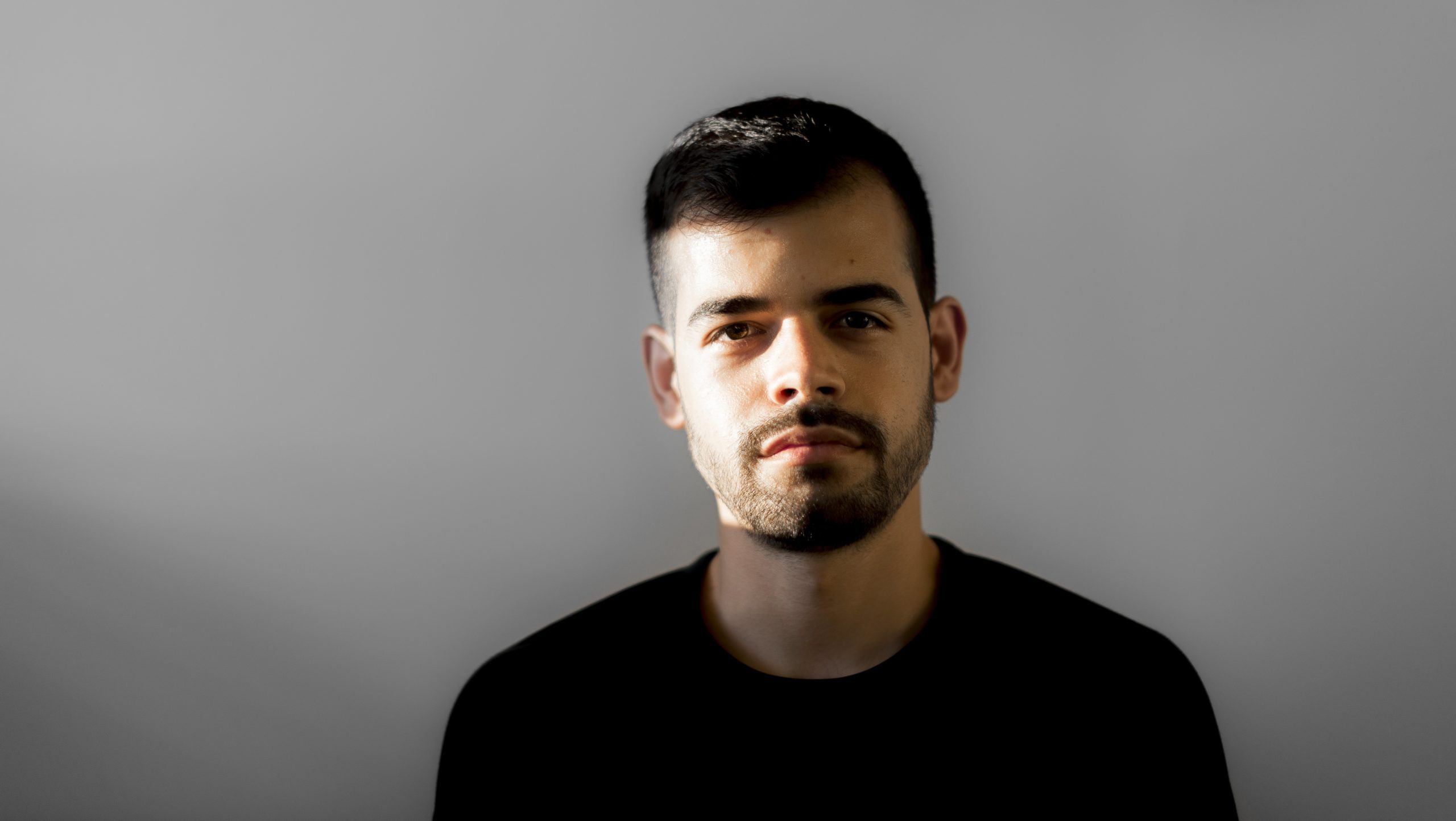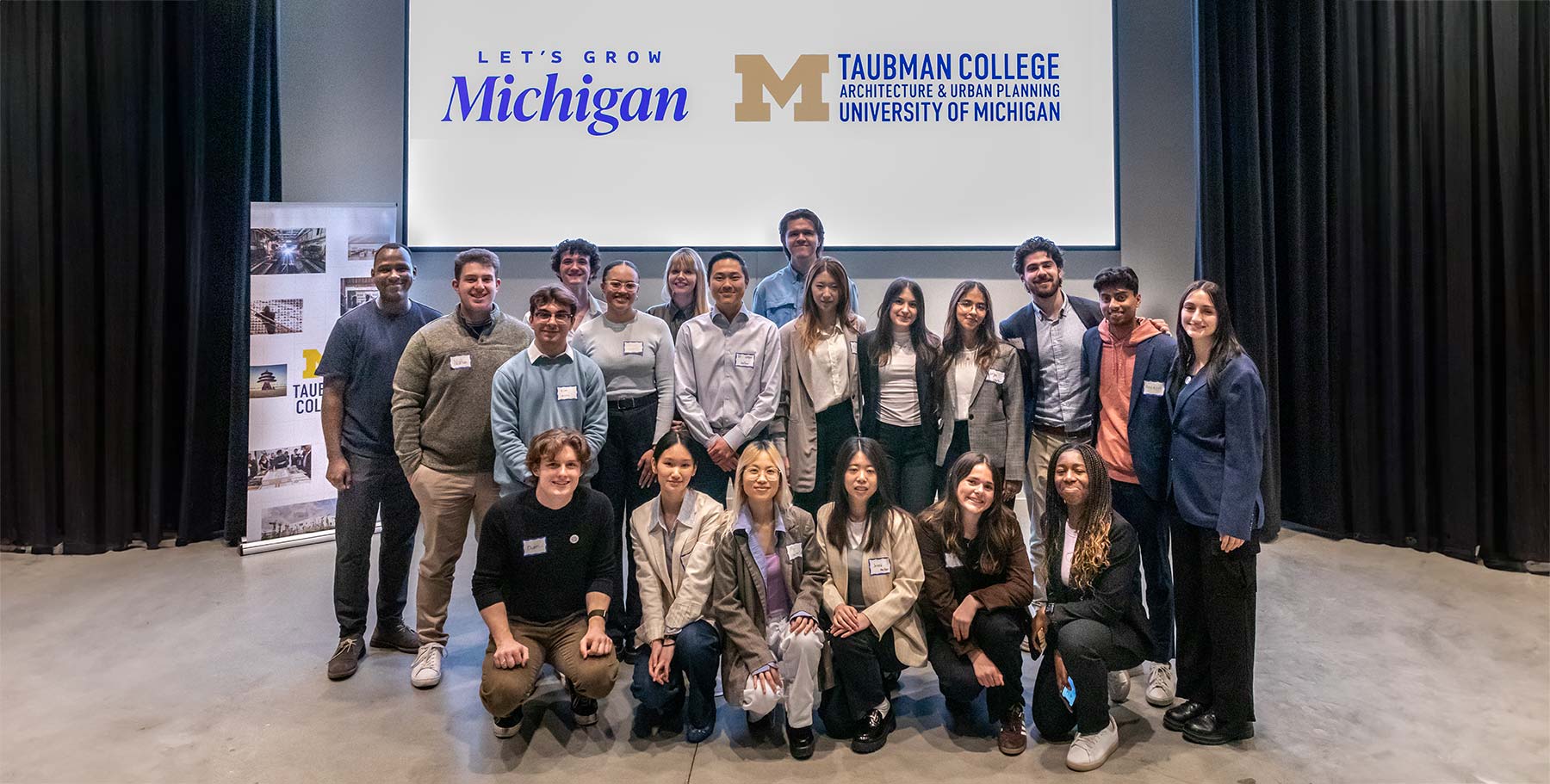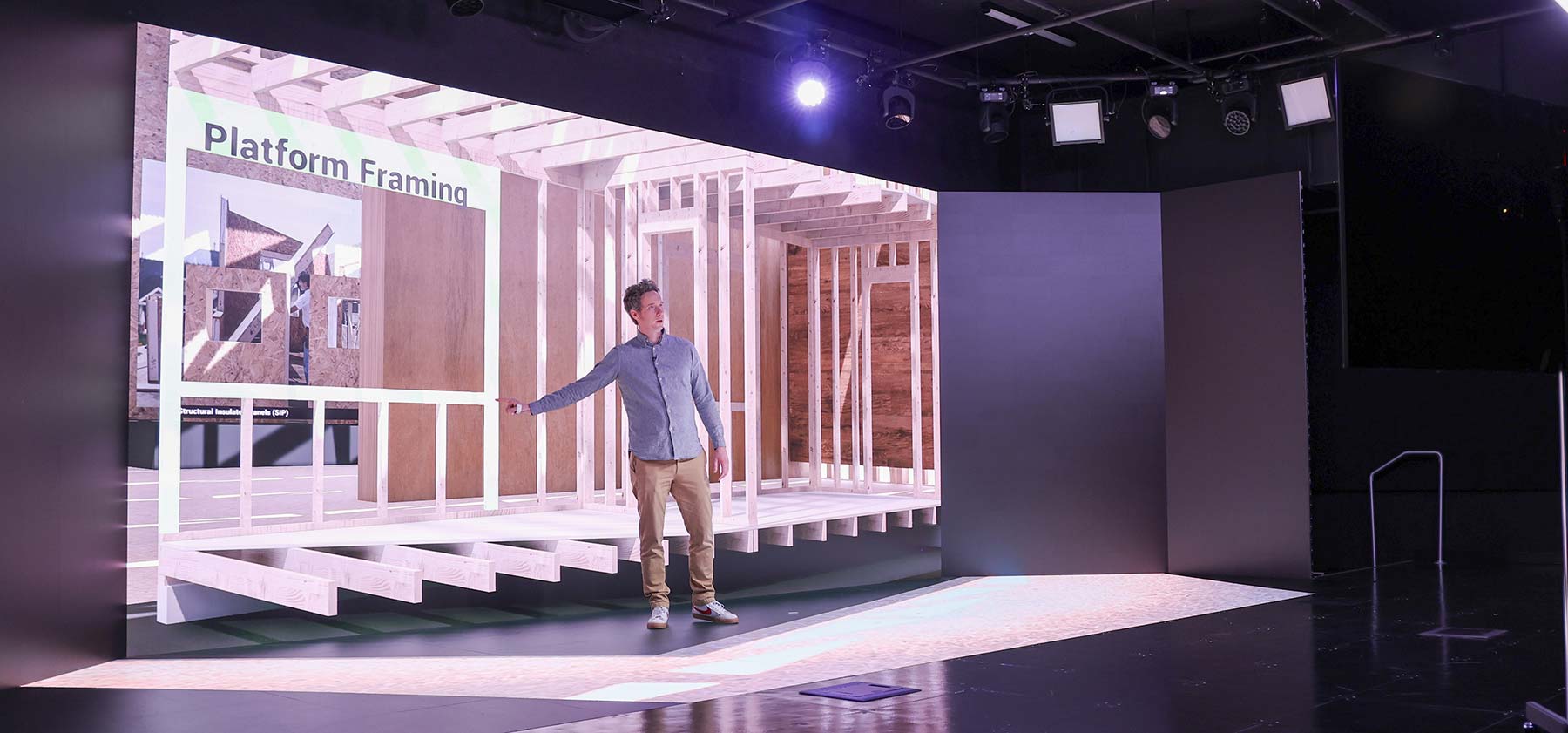After Yojairo Lomeli, B.S. ’13, M.Arch ’15, completed his graduate studies at Taubman College six years ago, he faced a soul-searching decision: Leave Taubman and go into private practice with an established architecture and design firm. Or become a full-time teacher.
Lomeli chose teaching and is now a lecturer of architecture at Taubman, where he has received numerous accolades for excellence in teaching. He was recently named director of Taubman’s Architectural Preparatory Program, which provides high school juniors in Detroit’s public high schools with a semester-long college preparatory course in architecture, urbanism, and studio design.
“I like teaching because there’s something different every day,” Lomeli says. “No two days are the same. New people are always coming in.”
He credits his own Taubman mentors ― Melissa Harris and Jason Young ― for reshaping his approach to architecture and supporting him in his teaching career.
“Melissa showed me the promise of thinking like an architect,” he says. “This entails looking at things from all sides and not jumping to conclusions. Architects need to have the ability to see things and see the space between those things ― and then reframe the connections that maybe aren’t visible at first glance.”
Lomeli has since added his own layer of interpretation to what he learned as a Taubman student.
“As an architect, I think of design as more of an experiment where you suspend your own ideas and work through the actual architectural matter to find points of interest,” he says. “My objective is to create ordinary things that have within them offbeat qualities that form meaning or give special perceptions to those ordinary things. This offbeat nature problematizes architecture and makes it more mysterious and humanistic.”
Lomeli incorporates this approach to the architectural design process into his teaching when he is talking to students about the importance of shape and geometry.
“As a teacher, the most important thing is to have students see things and to have them notice and be aware,” Lomeli says. “In my studio, I have students work in a way where they don’t come up with ideas first. Instead, they look rigorously at the things they make, so they can discover and articulate the special nature of those things.”
He encourages students to manipulate tangible architectural matter, such as floors, walls, and ceilings, in order to touch intangible aspects, such as space and light. Seemingly simple projects often take on layers of idiosyncrasy or instability, much like the origin of art.
Once students have created elemental structures and recognized the offbeat or quirky qualities within them, Lomeli says, they can use that specificity to move past the architecture to the next higher order of magnitude, such as incorporating social and environmental themes or providing space for underserved residents and activities in cities.
Growing up in Detroit where he attended Cass Tech, played baseball, and worked part time in factories, Lomeli recognized early on that he had a certain “physical intelligence.” He attributes this quality in part to his grandfather, a migrant worker from Mexico.
“I’m better working with my hands than I am thinking through things,” Lomeli says. “I have a mechanical competence, so I like drawing, modeling, and figuring out how things go together. As a young person, I didn’t know much about architecture or what it is. I just happened onto it.”
The first stirrings of Lomeli’s slightly unorthodox ideas about architecture surfaced in his graduate thesis, “The Yada Yada,” which compared the irregular beat making and unsynchronized quality of hip-hop music to the off-beat patterns that can emerge from the design of a seemingly elemental architectural system.
As a designer and fabricator, he has amplified this idea in his structural displays around Detroit as well as in small design-build projects for his clients.
For a 2018 sidewalk festival in Redford, a western Detroit suburb, Lomeli and a partner manipulated metallic tubing commonly used as electrical conduits in buildings to create a project he called “The Poetics of Piping.”
“We learned to bend the pipes and looked for an idiosyncratic way to form space and volume using an overlooked linear material that typically runs in the background behind the walls and in the ceilings of a structure,” he says.
“Finding off-beat things in elemental structures ties directly into beat-making and hip hop,” Lomeli adds. “This brings a more humanistic approach to architecture projects.”
―Claudia Capos





